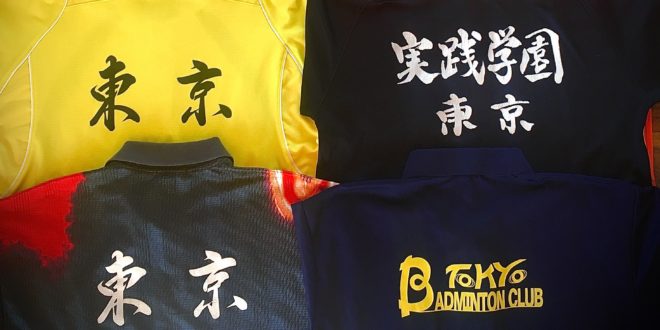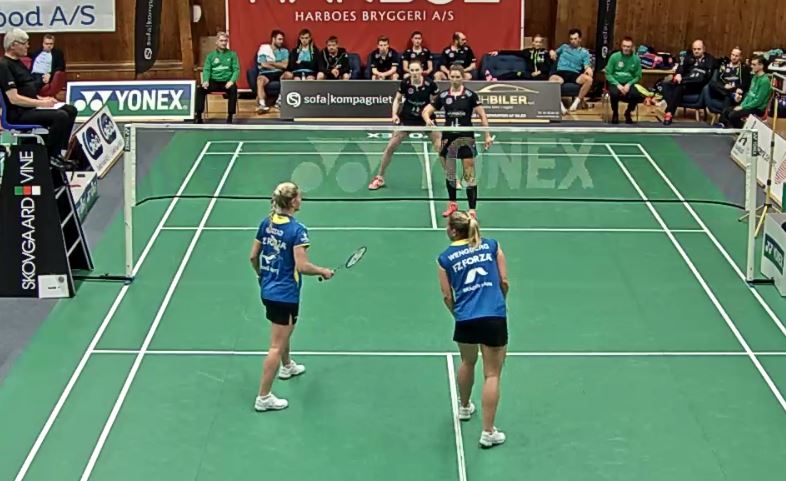![]()
LOST IN THE TRANSLATION
BIG IN JAPAN
English version. Published first time July 19, 2020
Exactly one year ago on the 19th of July 2019 at 1.15 PM, Team Storstrøm took off from CPH Airport after almost two years of preparation. 9 young badminton players, one veteran, my older sister, one father, a pair of parents and their daughter.
Destination: Tokyo. Japan. The year before the 2020 Olympics!
A year has passed now and in the meantime, COVID-19 has come in the way and the Olympics have been postponed to 2021.
My travel memories have come to the front of my mind on a regular basis, in part because my house is decorated with objects and gifts from another world on the other side.
THE LAST BEER IN TOKYO
On the last night, in a large penthouse apartment on the 6th floor of Warabi, on the outskirts of central Tokyo, Okubo-San and I, over a pint of beer, with the use of a mix of gestures, phone translations, laughs and drawings made a deal about a visit to Denmark in 2021.

We could not talk. Okubo-San and his spouse did not know much English and my sister and I absolutely no Japanese other than “doomo arigatoo gozaimasu” and a few courtesy phrases which are immensely important in this nation.
Their return visit has now also been postponed too. Until 2022.

SOUVENIR
Only recently have I started playing in the countless, colorful player shirts with Japanese characters on the back that I both got and traded for. The shirts have been put in drawers and some on visible hangers, as I thought they were precious memorabilia that I should take great care of. But then again, they are made to be used. And shown off. It’s great playing in them. They awaken memories of several doubles against and partly with countless young Japanese players in 4-5 different gyms.

TOKYO
…..A completely wild city. A mega-city. The city above all cities. In the first instant after arriving we were transported into and through the city on a highway that meandered between the skyscrapers, at the height of the 2nd to 4th floors, high above the pulsating life below. It left the impression of being in a sci-fi-like setting that during the week mixed with experiences of being in the Middle Ages, when we visited their temples, which are like pockets of time, like oases of tranquility and tradition, in the middle of this inferno of a sensory overload that this super city exposes one to.
LOST IN TRANSLATION
It’s hard describing Japan. But in the strange mix between ultra new and ancient, between hypermodernism and tradition, between neon lights and chopsticks, heated toilets and temples, costumes of anime figures and kimonos, something very special happens. Something that points forwards and backwards at the same time. Something that may look strange and almost incomprehensible in my eyes, but is really fascinating. One feels simply foreign in this country and outside the normal comfort zone. Things are upside down. Often one has to perform and do the opposite of what is usually considered the norm in my normal settings.
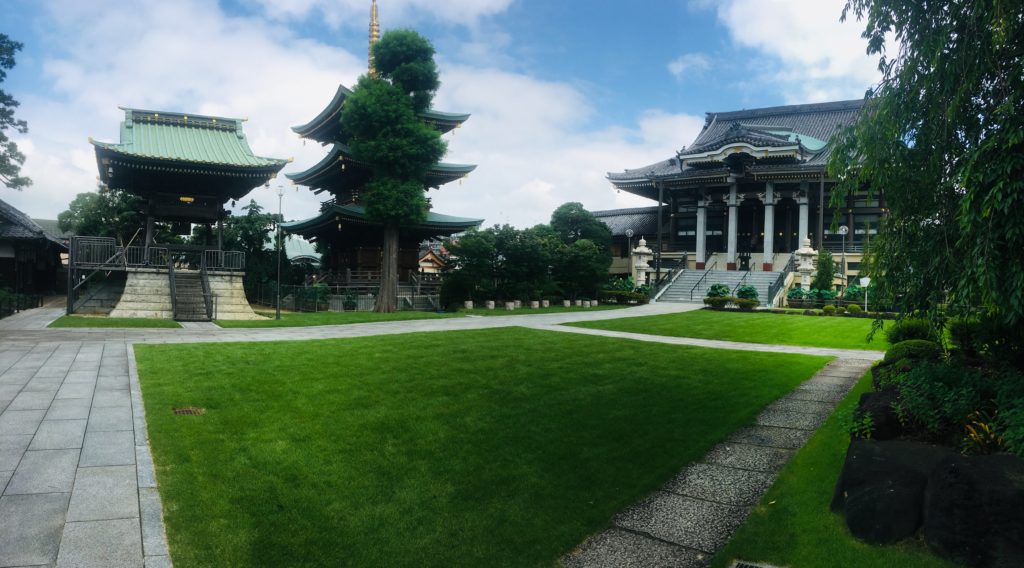
BIG IN JAPAN
The city is of course also made of the people, the Japanese. They are everywhere. Approximately 35-40 million people live in an area that fills half of Jutland (half of my country!). It’s insane for someone like me, a guy from Jutland who cares about being able to retreat to his own company. It cannot be done in Tokyo.
TRAIN
You stand close to each other in the trains that run in all directions in several layers below and above ground. And really close during rush hour. “Close” is an understatement. Impossibly, claustrophobically compressed.
The Japanese stand in neat queues on the platform in marked places, waiting patiently in silence. Whenever the train comes, exactly on time and stops at the exact place where it should be, they move a possible bag or backpack to their chest and reverse, slightly pushing, on to the train carriage, where everyone let themselves be pushed back and close together. Just as I thought no more people could possibly fit in, it repeated itself at the next station. And the next. Often to a point where it was no longer possible to move.
There is no eye contact. No one talks, especially not on the phone. No one eats or drinks. Everyone either look at their phones – and often read comics, or a real book, sleep or look into empty space.
Once I started feeling sick because of the closeness, got cold sweats and heart palpitations, maybe also because my fluid balance was completely off and the fatigue heavy after 3-4 hours of badminton in 25-30 degree heat.
DISCIPLINE
Without the Japanese’s emotional and behavioral self-control, their order and organization, and constant consideration, Tokyo could easily be a terrible inferno. But instead, this megacity is a super-structured “colony of ants”, where you feel this enormous pressure on all the senses, and at the same time also calm.
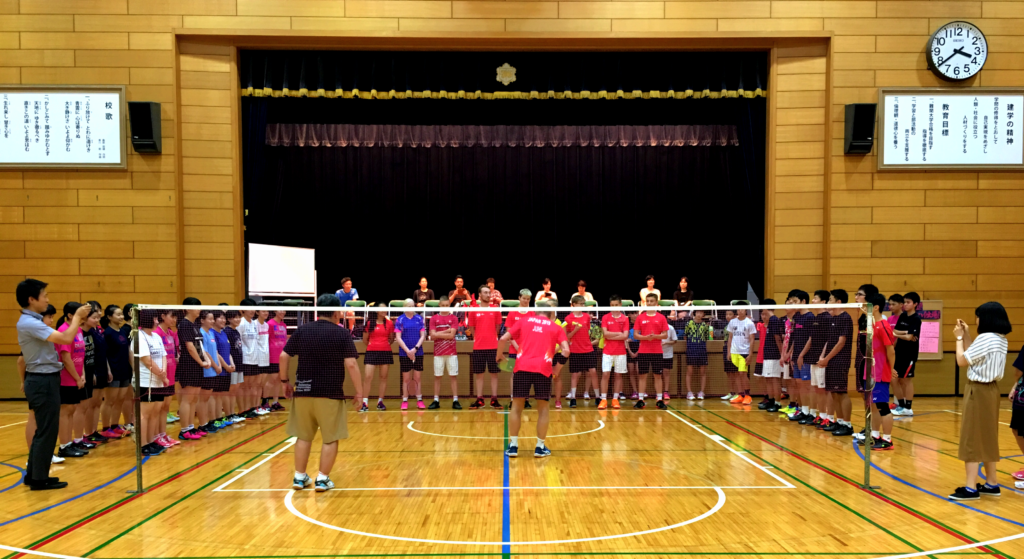
Everyone takes everything into account. Very few speak loudly, or on the phone, no one eats while walking, smokes, drinks or seeks eye contact. Everyone diverts from each other in a way I can not understand is possible. As if they have an inner sense of each other’s movement patterns and constantly coordinate on an unconscious level, thus sliding around each other.
I spent an hour at Tokyo Station contemplating this phenomenon. An insanely busy hub on several levels, where I simply had no idea where we were in relation to the earth’s surface. It was like break time at a giant school, where all the students are in the hallways. But without chaos, unrest, noise, shouting, speech, clashes. Only a sum of whispering voices and coordinated movements.
“THE JAPANESE”
As a group and individually, the Japanese are politeness embodied. They thank and bow, accept and return change at the checkout with both hands and a nod, smile, stand in line and listen, laugh and say “hai”. Always yes.
In short, “ the Japanese” are friendly and polite, disciplined, respectful, listen to the authorities, shy, focused/purposeful and characterized by a mindset of being part of a group (as opposed to the individuality of the West).
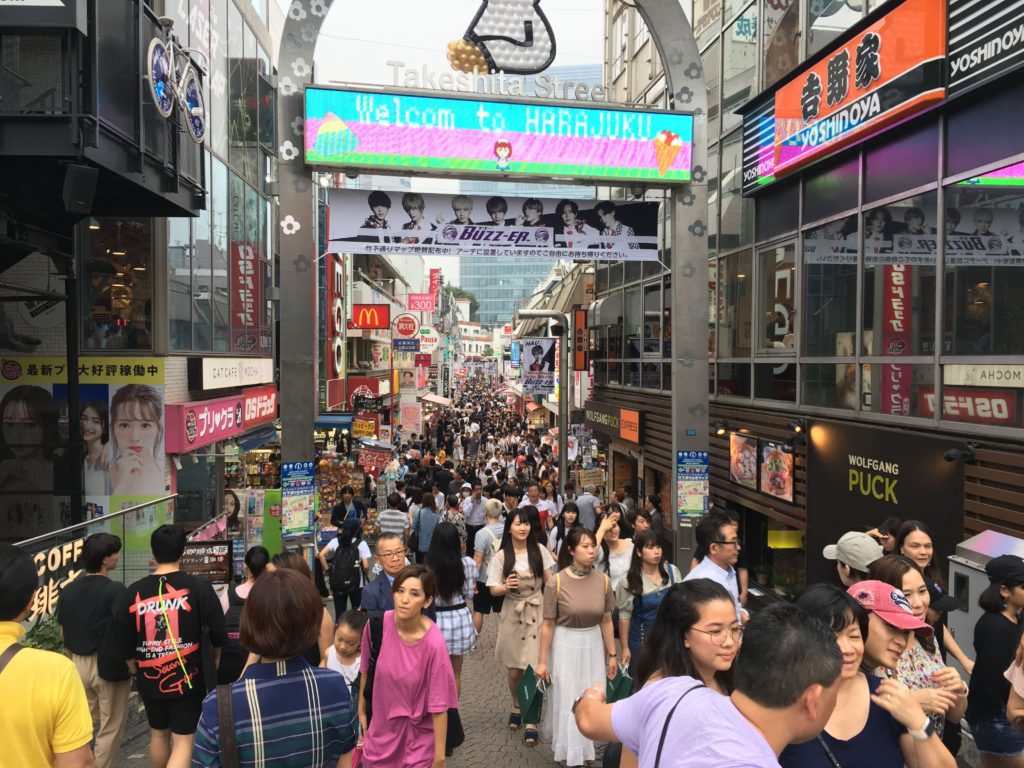
HOMOGENEITY
Japan has a homogeneous population, almost without immigration and mixing. A closed country with an isolationist policy for more than 200 years from about 1630 to 1853.
In the last 10 years, foreigners from Asian countries such as China, Nepal, Pakistan, Sri Lanka, Vietnam, Myanmar and the Philippines have become more visible in Japan. This has happened out of necessity. Japan lacks laborers. The population is aging and the birth rate is very low. According to the official Japanese population projection, the population is expected to decline quite dramatically – from 127 million in 2012 to approx. 87 million in 2060 and approx. 42 million in 95 years, in 2110. In 2016, the number fell by 308,000.

The foreign workers who enter Japan legally typically receive work permits for three to five years, after which in most cases they have to leave the country again. It remains difficult for a foreigner to obtain a permanent residence permit or even become a Japanese citizen.
19.07.19-28.07.19
Our visit to Japan was intense, short-lived and eventful.
8 days and 7 nights divided in small groups of 2-3 persons in private homes. A great experience to get in behind the facade and see life from the inside.
We played badminton six days for 2-4 hours at 4 different gyms. Only two of the places had changing rooms and only one had bathing facilities.
We were greeted by 40-70 young players who were patiently waiting to play a quick set against and with us. In their wait, they rotated between being line judges, counters and of course standing in line.
They are the Dream Team of a Danish coach!
I dream of going back.
Many thanks to Tokyo Badminton Club and Okubo-San for this lasting memory.
 BadmintonBladet flest nyheder om badminton
BadmintonBladet flest nyheder om badminton
